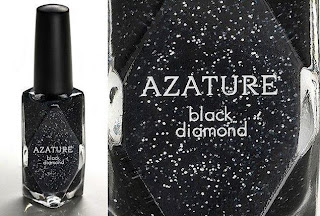
This could be the best time to invest in diamonds as falling supply coupled with growing demand for the precious stone means prices could double over the next decade, one diamond expert says.
“There is a depletion of diamond resources in the world. The last mine was discovered about 15 years ago and today if we discover a new diamond mine in the world it could take 8-9 years to bring it to full production. So this is leading to a continuous decrease in the supply of diamonds,” Alain Vandenborre, Founder of the Singapore Diamond Exchange told CNBC Asia’s “Squawk Box”.
“Demand is growing in double digits, with about 10-12 percent annual growth in China and India. This growth is primarily driven by consumption and the retail market,” he added.
There have been signs that demand for diamonds is gaining favor among Indian consumers who have traditionally favored gold. The World Gold Council, for instance, reported that the gold jewelry sector recorded an annual decline of 15 percent in the second quarter following a sharp fall in demand from India.
Investing in diamonds, however, is not as straight forward as investing in gold which can be bought through exchange traded funds such as the SPDR Gold Trust and iShares Gold ETF. That could be changing, however, with the U.S. Securities and Exchange Commission saying earlier this year it would look at proposals for the first-ever diamond-backed exchange-traded fund. Vandenborre, who has set up an investment fund for investors keen on putting money into diamonds without buying actual diamonds, says the trend in prices is in investors’ favor.
“What’s important is the trend in diamond prices. So over the past 10 years, diamond prices have been going up,” he said, adding that the price of a 3 carat, triple-A rated diamond has gone up 200 percent since 2009.
“In the last month the market has softened a bit, but because of the long-term diminishing of supply, specialists are predicting that diamond pricing will increase by 6 percent annually, which means that over the next 10-15 years diamond prices could potentially double,” Vandenborre said.
- By CNBC's Dhara Ranasinghe














